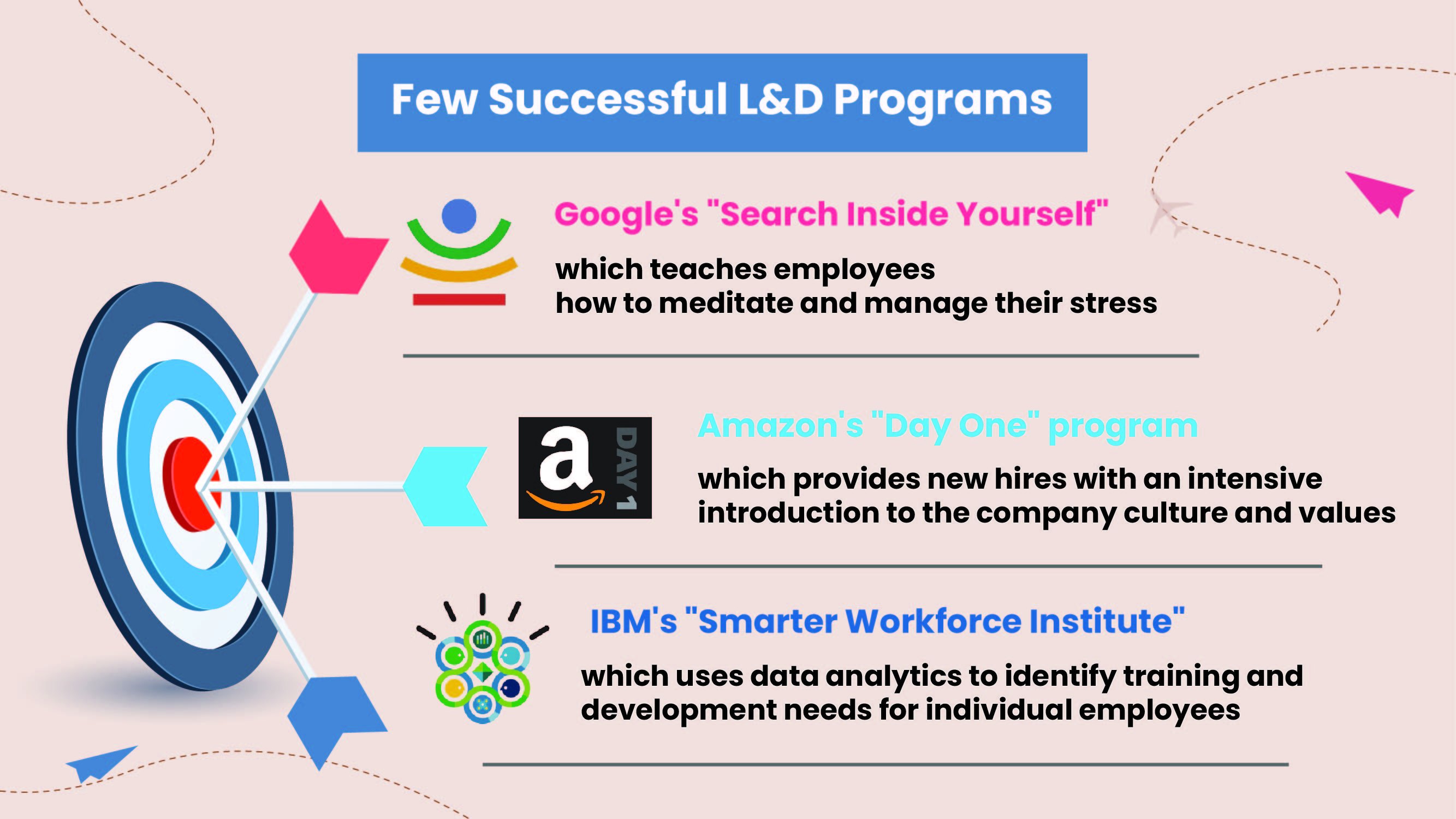Understanding the growing challenges in learning and development: What's holding organisations back?

Learning and development is becoming more and more important in the modern workplace, with businesses recognising the value of investing in their employees and providing them with the necessary training to help them progress. But why are many companies still struggling to get it right? We explore the difficulties faced by organisations when finding suitable L&D strategies.
Difficulties that businesses face in implementing Learning and Development strategies
For any organisation, the very challenge lies in designing a strategy that is fit for purpose and will actually meet the needs of the company. This can be a difficult task, as it requires a good understanding of the business and what its goals are.
Once the strategy has been designed, the next hurdle is ensuring that it is implemented effectively throughout the organisation. This means ensuring that all employees have access to the training and development opportunities they need, and that these are delivered in a way that meets their needs.
Finally, evaluating the success of the L&D strategy and making changes as needed so it continues to meet the needs of the business is a rather herculean task.

The benefits of investing in L&D
When it comes to training and development, companies are struggling to get it right. A major reason is that they don't invest enough in learning and development (L&D). This is a shame as there are many benefits to investing in L&D. Here are some of them:
-
Increased productivity: Proper training of employees leads to an improvement in efficiency and effectiveness, resulting in greater productivity for the firm.
-
Improved morale: If employees feel like they are constantly being developed and improved, their morale will improve. This can lead to increased motivation and engagement, which can further boost productivity levels.
-
Greater innovation: Properly trained employees will be better equipped to innovate and come up with new ideas. This can help the company stay ahead of the competition and maintain a leadership position in the industry.
-
Enhanced reputation: Customers and clients will take notice when a company invests in its employees' development. This can help to improve the company's reputation, which can lead to more business opportunities down the road.
Creating an efficient and captivating L&D program
Initiating a learning and development program can be accomplished through several strategies.
-
Assess Needs: Before creating an L&D program, it is important to identify the skills and knowledge gaps of employees in order to determine what type of training or development is necessary. This can be done through surveys and interviews with key members of the organisation, such as managers, HR, and employees.
-
Create Engaging Content: Once the goals of the program have been established, it is time to create interactive content that will keep employees engaged as they learn. This could include videos, webinars, podcasts, role-playing exercises, virtual simulations, quizzes and other types of activities that can help teach new concepts in an interesting way.
-
Evaluate: Just like any other initiative within a company, it is important to evaluate the success of an L&D program in order to ensure that it is meeting the needs of employees and improving the overall performance of the organisation. This can be done by analysing metrics such as completion rates for courses or feedback from participants on their experiences with the programs.
Tools and tech to enhancing L&D practices
There are a number of different tools and technologies that can be used to enhance learning and development practices within companies. Some of the most common and effective ones include:
-
eLearning platforms: These platforms can be used to create and deliver online courses, quizzes, and other training materials. They can also be used for tracking purposes and to see how employees are progressing through their learning journey.
-
Learning management systems (LMSs): LMSs are used to store, track, and manage all employee learning data in one central place. They often come with features such as reporting and analytics, which can help you identify areas where your training program needs improvement.
-
Mobile learning apps: Mobile apps allow employees to learn on the go, at their own pace. They are convenient and flexible, and can be used for a variety of learning activities such as watching video lectures, taking quizzes, or reading articles.
-
Virtual reality (VR): VR technology is increasingly being used for training purposes, as it allows employees to immerse themselves in realistic simulations of work environments. This can be especially useful for safety training or for jobs that require difficult manual tasks.
Examples of Successful L&D Programs
There are a number of factors that contribute to this struggle, including a lack of understanding of what L&D is supposed to achieve, inadequate budgets, and unrealistic expectations. However, there are also examples of companies who have been successful in implementing L&D programs that meet the needs of their employees.

















